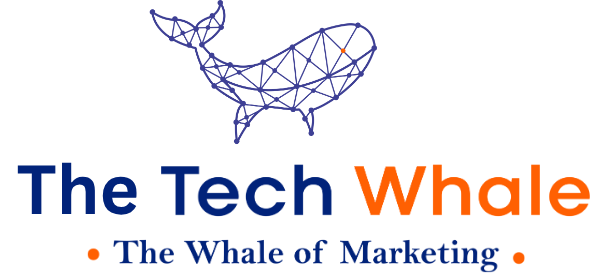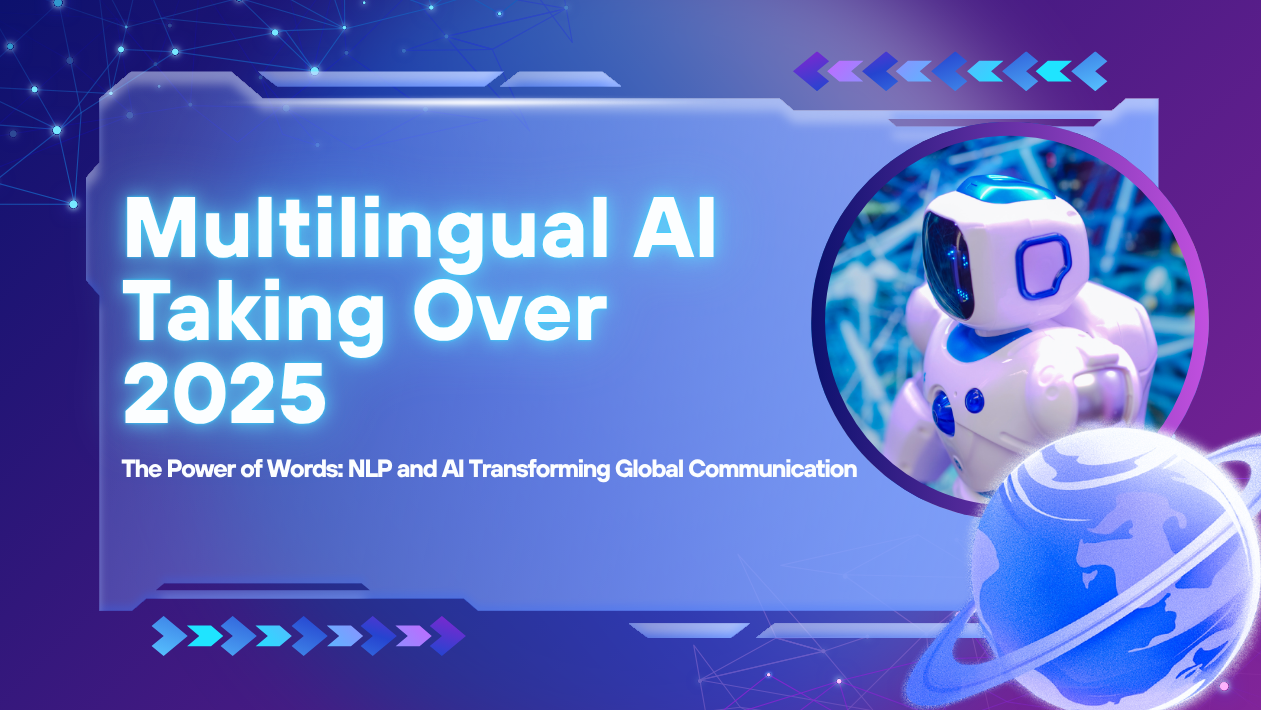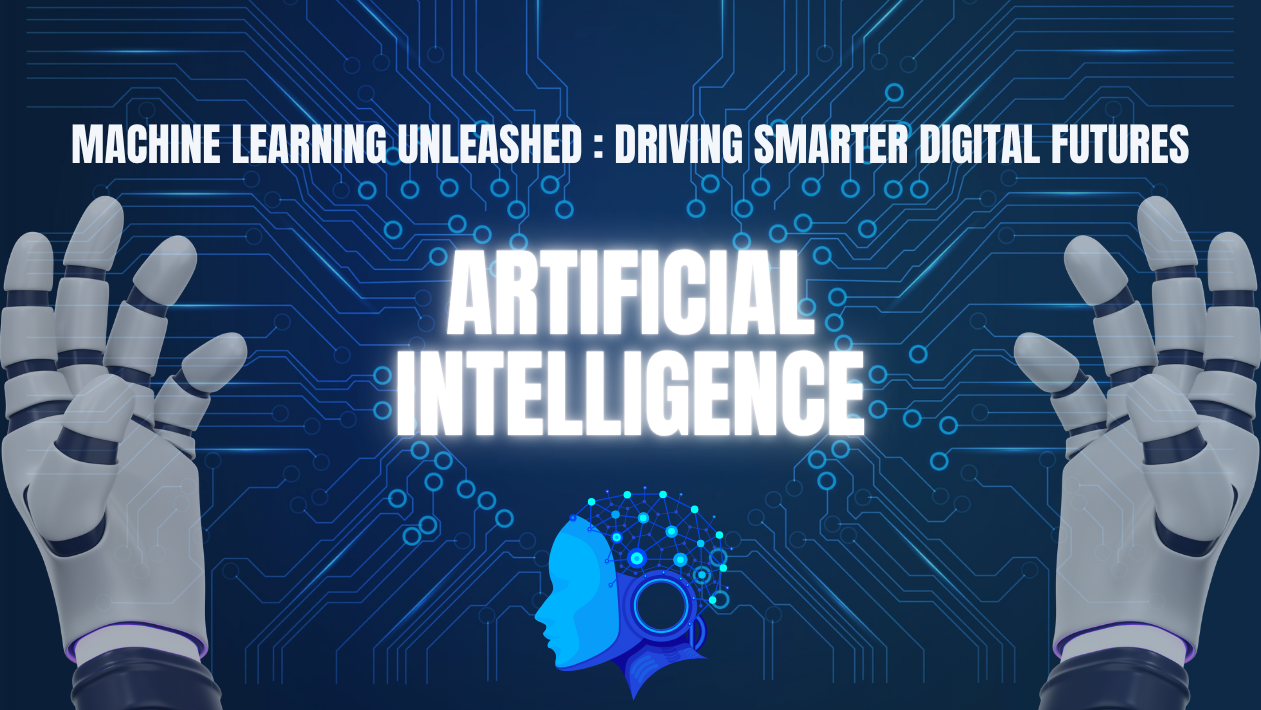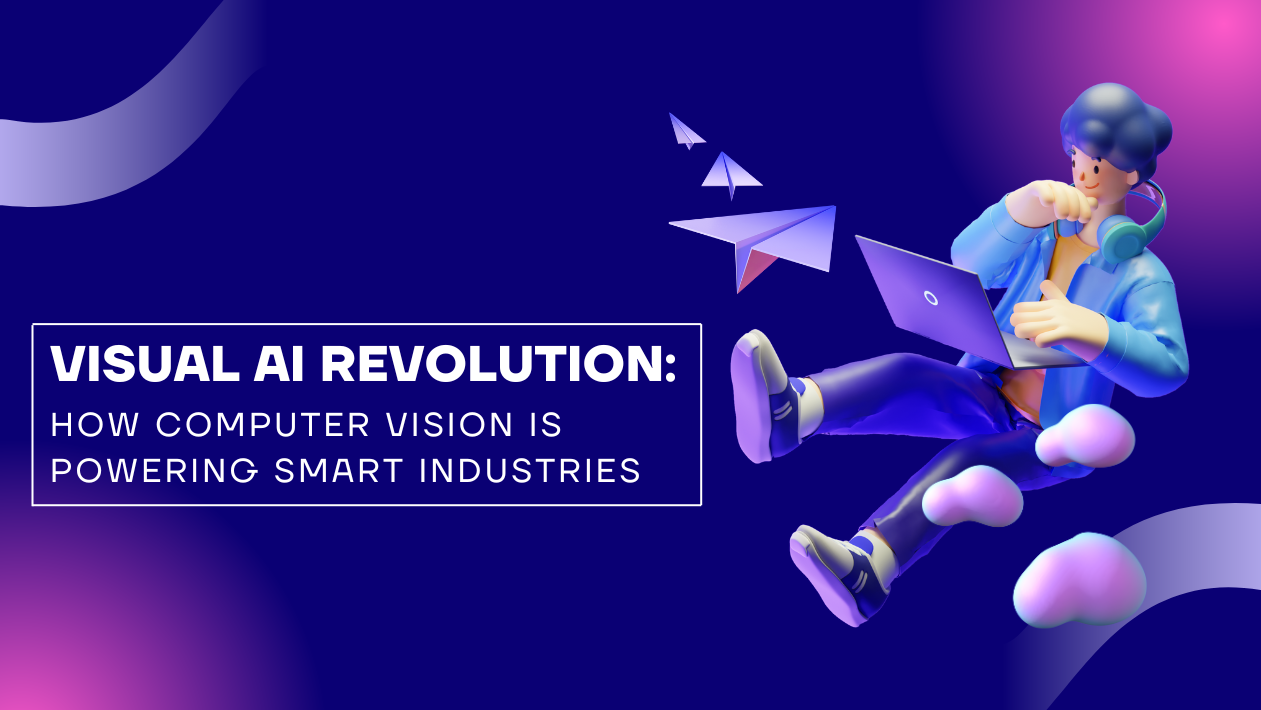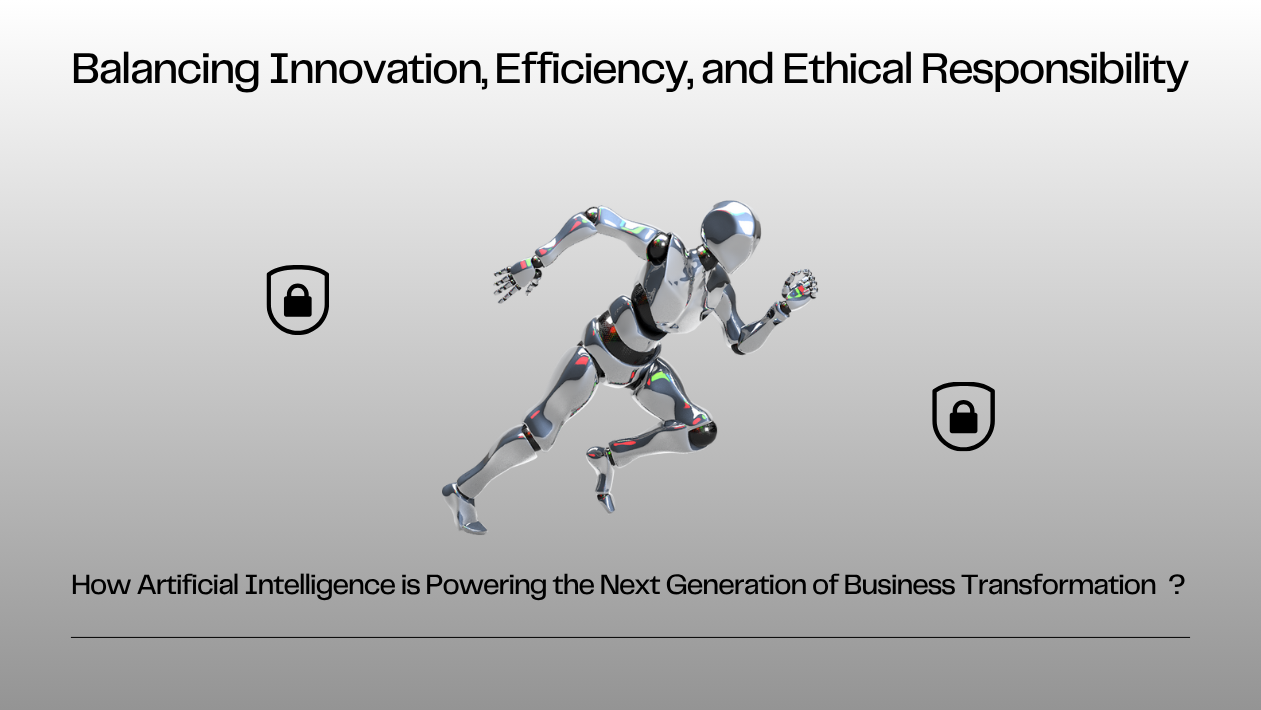The race to AI leadership is intensifying, with significant financial investments and varying regulatory paths. AI leadership today isn’t just about being first—it’s about being secure, accountable, and resilient.
Global AI Investments
- The U.S. launched Project Stargate, mobilizing $500 billion in private sector investment—backed by major players like OpenAI, Oracle, and SoftBank.
- Simultaneously, the U.K. rolled out its AI Opportunities Action Plan, supported by £14 billion from leading technology enterprises.
These moves underscore nations’ eagerness to avoid falling behind in AI innovation.
Fragmented Regulatory Approaches
- The U.K.’s regulatory framework is criticized for being well-intentioned but lacking enforcement “teeth.”
- The U.S. has recently revoked key portions of a prior Executive Order on AI safety, signaling a shift toward deregulation, raising concerns about diminishing oversight, transparency, and safety.
- In contrast, the EU’s AI Act enforces stricter security, transparency, and operational safeguards—with hefty penalties potentially reaching into the millions of euros for non-compliance.
Coordination Efforts—Limited Impact
There are global coordination efforts like the AI Safety Report 2025, but these remain non-binding guidelines, limiting their practical applicability in harmonizing regulatory approaches across regions.
Cyber Resilience as a Strategic Imperative
As businesses increasingly rely on AI—for operations, logistics, and supply chain management—the integrity and continuity of these systems is critical. A failure or breach could lead to devastating consequences.
Emerging AI-Driven Threats
Cybercriminals are already exploiting AI, deploying advanced forms of malware or “poisoned data” to disrupt supply chains and critical infrastructure.
Strategic Recommendations for Organizations
- Develop internal resilience frameworks that harmonize innovation with risk management.
- Identify critical systems and data that must remain functional during crises—defining the “minimum viable company.”
- Establish robust backup and recovery plans for these essential components.
- Validate recovery processes to ensure quick restoration of disrupted systems. With this in place, organizations can better harness AI’s potential securely.
TL;DR – What You Should Take Away
- AI leadership is no longer just about speed—it demands security, accountability, and resilience.
- Regulatory environments differ widely: U.S. (deregulating), U.K. (low enforcement), EU (strict enforcement).
- Global alignment exists but lacks binding force.
- Organizations must embed cyber resilience as a core capability, ensuring operational continuity amid crises.
